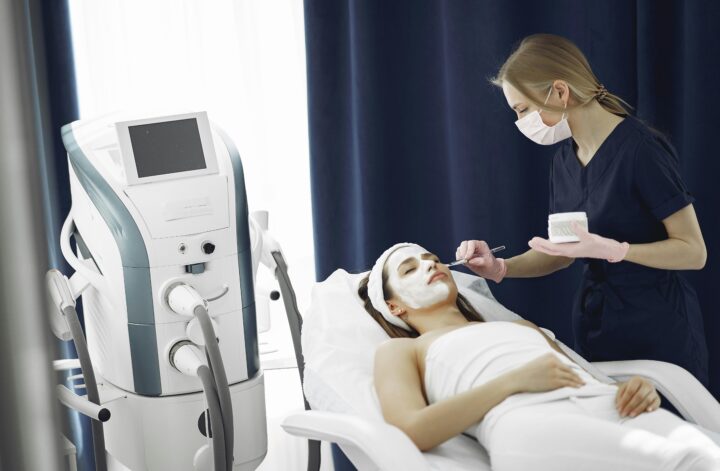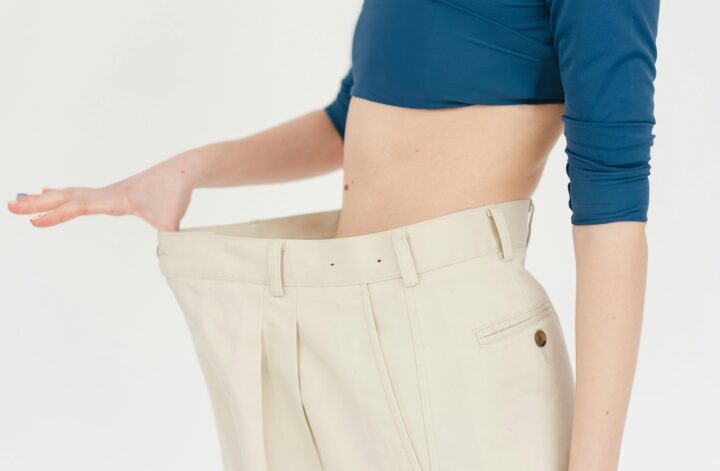In the world of cosmetic enhancements, Botox and fillers are popular treatments aimed at reducing wrinkles and enhancing facial features. While both are injectable treatments, they serve different purposes and target different types of wrinkles and facial lines. Understanding the differences between Botox and fillers can help you decide which option might be best suited for your aesthetic goals.
Botox: Smooth Out Dynamic Wrinkles
What it does: Botox, short for Botulinum Toxin, is a neurotoxin that temporarily paralyzes muscles. It is primarily used to reduce the appearance of wrinkles caused by repeated muscle contractions, such as frown lines, forehead lines, and crow’s feet around the eyes.
How it works: When injected into specific facial muscles, Botox blocks nerve signals that cause these muscles to contract. As a result, the wrinkles and lines formed by these muscle contractions gradually smooth out, giving the face a more relaxed and youthful appearance.
Ideal for: Botox is ideal for treating dynamic wrinkles—those caused by facial expressions and movement—such as forehead furrows, lines between the eyebrows, and crow’s feet.
Results: Results typically appear within a few days to a week after treatment and can last for about 3 to 4 months. Regular maintenance treatments are usually required to sustain the effects.
Fillers: Restore Volume and Smooth Static Wrinkles
What they do: Fillers, also known as dermal fillers or soft tissue fillers, are substances injected beneath the skin to add volume and fullness. They are used to smooth out wrinkles and lines that are present even when the face is at rest, known as static wrinkles. Fillers can also be used to enhance facial contours and restore lost volume.
How they work: Different types of fillers use various substances like hyaluronic acid, calcium hydroxylapatite, or poly-L-lactic acid to plump up areas that have lost volume or to fill in wrinkles and folds.
Ideal for: Fillers are ideal for treating static wrinkles, such as smile lines (nasolabial folds), marionette lines (lines from the corners of the mouth to the chin), and adding volume to areas like the cheeks, lips, and temples.
Results: Results are visible immediately after treatment and can last from 6 months to 2 years, depending on the type of filler used and the area treated. Touch-up treatments are needed to maintain results over time.
Choosing Between Botox and Fillers
Considerations:
1. Type of Wrinkles: If your wrinkles are primarily caused by muscle movement (dynamic wrinkles), Botox may be more effective. For wrinkles caused by volume loss or sagging skin (static wrinkles), fillers are usually more appropriate.
2. Treatment Goals: Determine whether you want to relax facial muscles and smooth out lines (Botox) or restore volume and fill in deeper lines (fillers).
3. Duration of Results: If you prefer longer-lasting results without frequent touch-ups, fillers might be preferable over Botox.
4. Consultation: A consultation with a qualified cosmetic dermatologist or plastic surgeon is crucial. They can assess your facial anatomy, discuss your goals, and recommend the most suitable treatment or a combination approach.
Conclusion
Both Botox and fillers are effective treatments for reducing wrinkles and enhancing facial features, but they serve different purposes based on the type of wrinkles and desired outcomes. Understanding how each treatment works and consulting with a skilled professional can help you make an informed decision that aligns with your aesthetic goals and preferences. Whether you choose Botox, fillers, or a combination of both, these treatments can help you achieve a more youthful and refreshed appearance.




